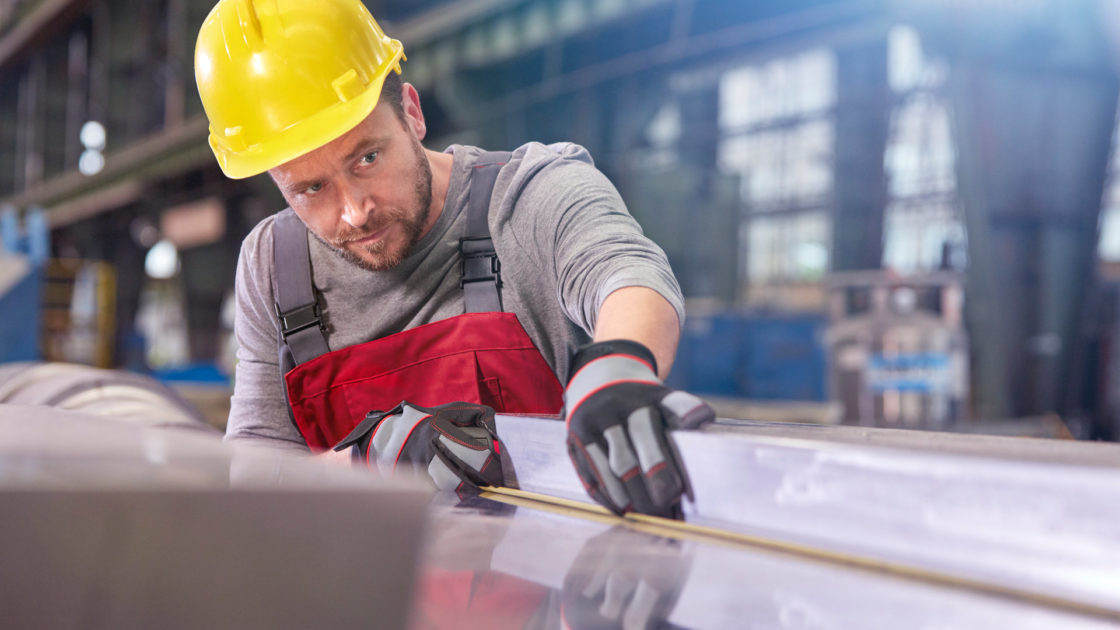The saying is that every fighter has a plan until they get punched. It is then that the plan goes out the window, even as the fruits of planning for contingencies become central. In Australia, we are in a similar situation, having been hit by record bush fires in late 2019 through to February 2020 that will make us re-examine how we prepare for, manage and then recover from disasters, including fire, tsunami and even global pandemics.
The thing is, Australia has been here before and has tried to plan for this future after the Black Saturday fires of February 2009 saw such devastating losses. We had offered buybacks of properties in fire-prone areas that few landowners took while the insurance industry is coming to terms for the risk associated in rebuilding, driving premiums in some cases to $10,000 per year. We are, more than ever, learning to track and manage the changing cost of using our land during a time of environmental change.
As we plan our recovery from these bush fires, the rest of the world is coming to terms with a new threat in the form of the COVID-19 pandemic. Immediately, supply chains are disrupted, most notably for companies reliant on container ships full of inventory from China. Ports saw as much as an 85 percent decline in Chinese-made goods. Many of us may remember similar disruption during the severe acute respiratory syndrome (SARS) epidemic of 2003.
What do our recent bush fires and the current pandemic have in common? They are part of recurring patterns. As business executives, we should be able to identify and plan our business activities around these patterns. What are the tactics we Australians, and others around the world who periodically face natural disasters, use to help us rebuild today, and plan for a more secure future?

1. Maximize use of modular, offsite construction
Offsite construction is already growing in popularity globally, although in Australia it represents just 3 percent of the residential construction industry even as companies like Lendlease build out central fabrication facilities to handle increasing demand.
Offsite manufacturing enables the industry to increase productivity. Will modular or offsite construction be a boon to us as we rebuild in 2020 and beyond? Offsite fabrication plants may experience high utilization rates for sure, but the availability of offsite capacity in terms of fabrication facilities, personnel and processes may prevent us from using modular construction for a sizable proportion of our immediate need.
2. Change the way we build to mitigate future risk
Here in Australia, we are already debating whether we should rebuild in some particularly fire-prone areas. Apart from where to rebuild, how we do it can leave us better prepared for a future that could involve more and larger bush fires.
The Australian architectural community has created a series of designs that meet the highest fire resistant standards. These may not be conventional-looking enough, and according to Helen Lochhead, the dean of UNSW Built Environment for residents of bush fire affected zones, we will probably have to focus on using materials and design features that are compliant with Australian Standard AS3959 for construction of buildings in fire-prone areas. The construction industry must develop the skills and the data set to make a strong case for these design features, which according to Lochhead may represent 5 percent of the cost of a $332,000 project.
Current events should make us think about more than fire though, and also consider other risks that architects, engineers and contractors can help their customers avoid. ASHRAE, the global association for heating, ventilation and air conditioning manufacturers, is referring people visiting a new COVID-19 resource page, to its newly updated Position Document in Airborne and Infectious Diseases and its 2019 Chapter 62, Ultraviolet Air and Surface Treatment from the ASHRAE Handbook.

3. Rely on systems to identify and manage risk
Individual project owners, designers and contractors may realize the extent to which the projects that they work on expose their organizations to risk, not only during construction but over the lifecycle of the asset. The industry, as a whole, could probably concentrate more on creating projects that serve to mitigate risks for the owner and the community at large. That risk may be from fire, from infectious disease, from off-gassing of materials, flood or other natural, or man-made disaster. Contractors will need the systems in place to evaluate their own exposure to risk and help their customers and project owners assess their own risk.
Towards a more secure future
These are challenging times for Australia, and for the world at large. Some of the factors are beyond our control. But in the enterprise software industry, it is our role to help our customers masterfully handle the things that can be proactively managed. And we look forward to helping our fellow Australians feel prepared for whatever comes.
Learn more about enterprise software and choosing the right construction ERP partner.
Finally—a simple guide for construction contractors writing an RFP for their #ERP software project! https://t.co/bnQORwVxIN #BuildForSuccess pic.twitter.com/gGaQVKb8Pb
— IFS (@ifs) March 13, 2020
Do you have questions or comments?
We’d love to hear them so please leave us a message below.